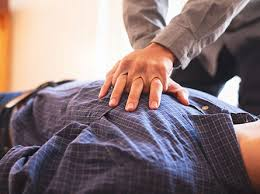"CPR and Cardiac Arrest: A Quick Survival Guide"
Cardiac arrest can strike without warning—and when it does, every second matters. It occurs when the heart suddenly stops pumping blood, cutting off oxygen to the brain and organs. Unlike a heart attack, cardiac arrest is an electrical malfunction that can be instantly fatal without swift action.
That’s where CPR (Cardiopulmonary Resuscitation) becomes critical. CPR helps maintain blood flow to vital organs until professional help arrives. When performed correctly and immediately, it can double or even triple a person's chance of survival.
Here’s a simple 3-step guide to take action during a cardiac arrest emergency:
-
Call Emergency Services: Always call for help first. Time is critical.
-
Start Chest Compressions: Push hard and fast in the center of the chest—about 100–120 compressions per minute (think: the beat of "Stayin’ Alive").
-
Use an AED (if available): Automated External Defibrillators are often found in public places and are easy to use. Follow the voice prompts.
Learning CPR can turn an ordinary bystander into a life-saving hero. It’s quick to learn, easy to remember, and essential knowledge everyone should have.
- #CardiacArrest
- #CPR
- #CPRSavesLives
- #HeartHealth
- #SuddenCardiacArrest
- #AED
- #EmergencyResponse
- #LearnCPR
- #FirstAid
- #SaveALife


.webp)
.jpeg)

No comments:
Post a Comment